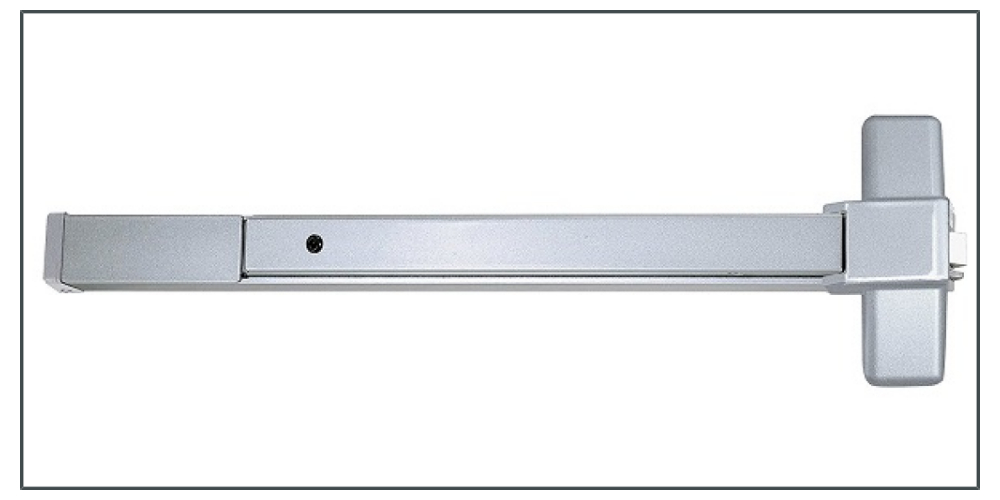The challenge of balancing robust security measures with adherence to Life Safety Codes can often seem contradictory when it comes to building security. The intricate balance between ensuring doors are secure while also meeting strict code mandates can be a perplexing puzzle to solve. However, there are strategies and solutions that can harmonize these seemingly contradictory requirements.
Every exterior door within a building serves as a potential fire exit, necessitating adherence to specific criteria outlined in local Life Safety Codes. The fundamental principle dictates that designated exits, both interior and exterior, must not be obstructed or locked in a manner that would impede swift egress during emergencies. This poses a significant challenge when it comes to securing these doors effectively.
The law mandates that individuals, be it employees, customers, or even unauthorized people, should be able to exit the premises swiftly, effortlessly, and without prior knowledge of how the door hardware functions. This requirement underscores the need for the installation of “panic hardware” that enables immediate and intuitive egress with a single motion in case of a crisis.
While panic hardware facilitates quick exits during emergencies, it also opens the door to potential unauthorized departures at any time. To address this vulnerability, manufacturers have developed alarmed exit devices that emit a piercing alarm when the bar is depressed, alerting to unauthorized exits. Moreover, code-compliant delayed exit hardware offers a strategic solution where the alarm triggers upon activation, but the door remains secure for a specified duration, allowing time for intervention.
The apparent conflict between Life Safety Codes and stringent door security measures can be reconciled through innovative approaches that align with local code requirements. By leveraging the expertise of professionals in the field, it is possible to identify tailored solutions that enhance door security without compromising compliance with safety regulations. Finding the delicate balance between safeguarding against intrusions and ensuring swift egress in emergencies is paramount to maintaining a secure yet code-compliant environment.
Please Share:
